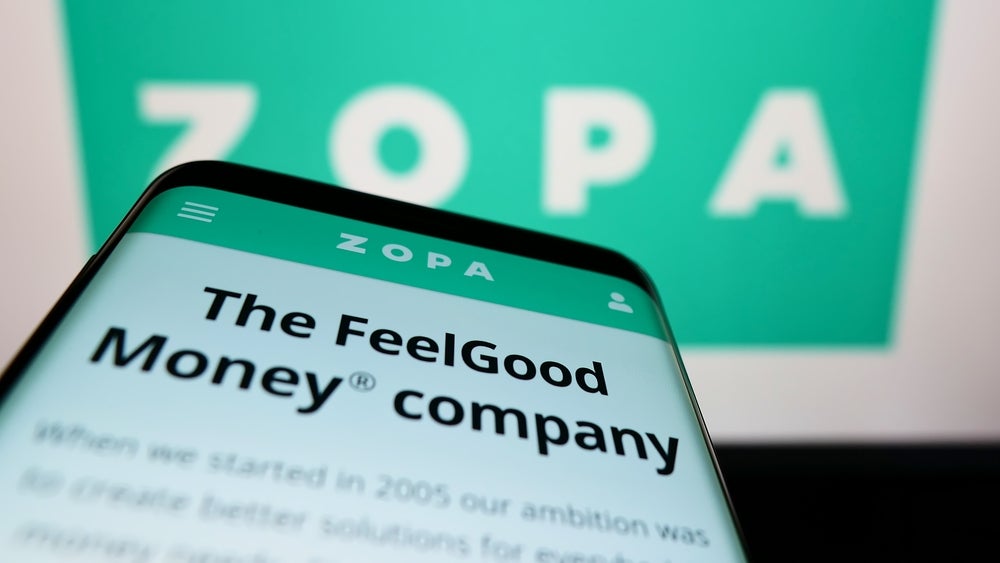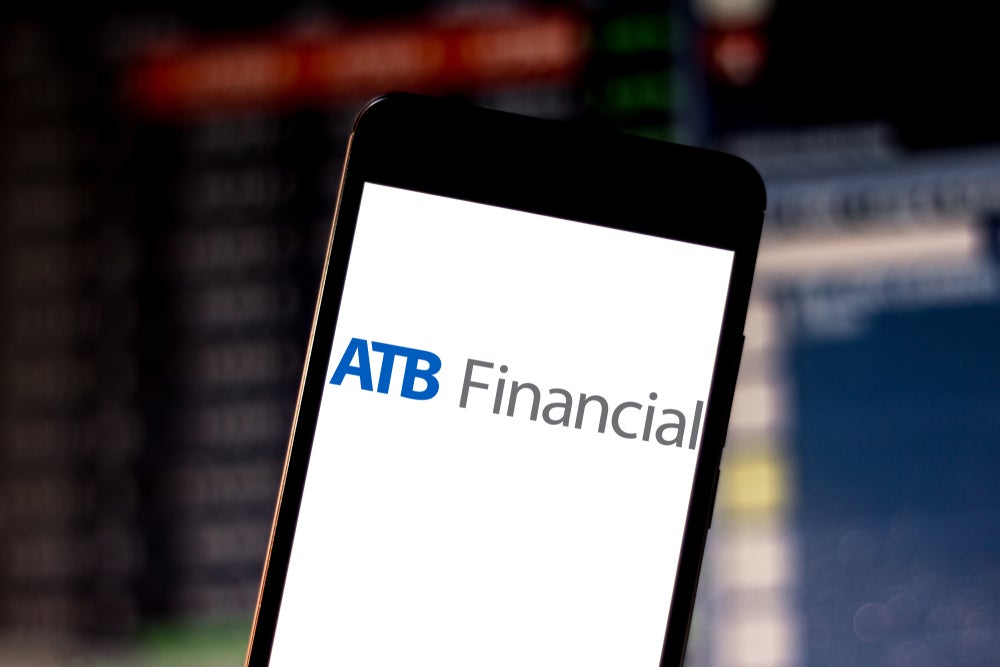
Bank branches are becoming less and less important, aren’t they? We have seen a continuous flow of news articles proclaiming the end of the branch since the late 1990s when we were all thinking that this new phenomenon, the internet, would in only a few years, make face to face transactions a thing of the past. We had just seen the rationalisation of the branch network with back office functions being moved into huge service centres and only a skeleton sales office remaining on the high street. Now there is a much greater threat, writes Jerry Mulle
I remember being in a strategy workshop with a representatives from across the bank looking at projections for internet growth that would make the branch network redundant and if we didn’t move quickly, putting us out of business. Not only did we get it wrong then but fast forward a decade and we made the same mistake again. Everyone anticipated the mobile revolution would not only finally kill off bank branches but make financial institutions wonder why they had invested tens of millions in their online banking platform.
Now we have digital banking, the synchronisation of internet and mobile. For me, this means we are finally starting to think like customer.
Bank customers have multiple devices and rightly expect a consistent experience across any device with which they decide to contact and transact with their bank. It promises the end of channel silos where your internet and mobile banking platforms don’t talk to each other. Digital banking offers the potential to move between channels at will, even starting a transaction on one channel and completing it on another. Most banks still have a long way to go to implement these solutions, but we are moving in the right direction.
We are also starting to discuss how other technologies can fit in this digital revolution. In the mobile technology department, key ‘wearable’ technologies like Google Glass and the Pebble watch are interesting additional channels for digital banking solutions.
So how does this technology shift help the branch? At first glance it just makes the customer experience even more marked between the instant gratification of the digital and the queues and common frustrations with visiting many bank branches. Face-to-face banking however remains a vital element of providing the high level of customer service which is demanded by customers. However, there are no barriers to prevent digital technology extending to the traditional branch bank.
We could soon see an environment where transactions can be started on digital devices and then completed in a branch with a staff member to guide the customer through the any complicated processes. The vital point is that all services are delivered in a clear and consistent way giving the customer a streamlined user experience. It will be possible for the bank to deliver information without the customer sitting next to an advisor, but equally very helpful when they are.
How well do you really know your competitors?
Access the most comprehensive Company Profiles on the market, powered by GlobalData. Save hours of research. Gain competitive edge.

Thank you!
Your download email will arrive shortly
Not ready to buy yet? Download a free sample
We are confident about the unique quality of our Company Profiles. However, we want you to make the most beneficial decision for your business, so we offer a free sample that you can download by submitting the below form
By GlobalDataSurely the outdated and restrictive technology in most branches needs to go? Then we may at last give staff the chance to re-establish the branch as a vital and long term integrated part of the overall customer experience.







